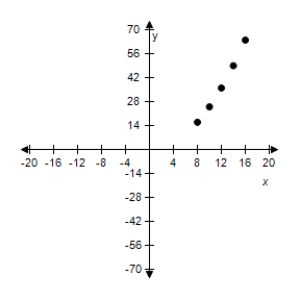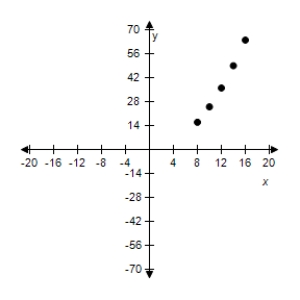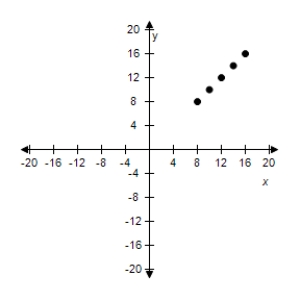Multiple Choice
Use the given value of k to complete the table for the direct variation model .
Plot the points on a rectangular coordinate system.
A)

B)

C)

D)

E)

Correct Answer:

Verified
Correct Answer:
Verified
Related Questions
Q15: Use the given value of k
Q16: When buying gasoline,you notice that 16
Q17: The sales tax on an item with
Q18: Use the fact that the diameter
Q19: Find a mathematical model for the
Q21: Find a mathematical model representing the
Q22: The simple interest on an investment
Q23: The simple interest on an investment
Q24: The work W (in joules)done when lifting
Q25: After determining whether the variation model